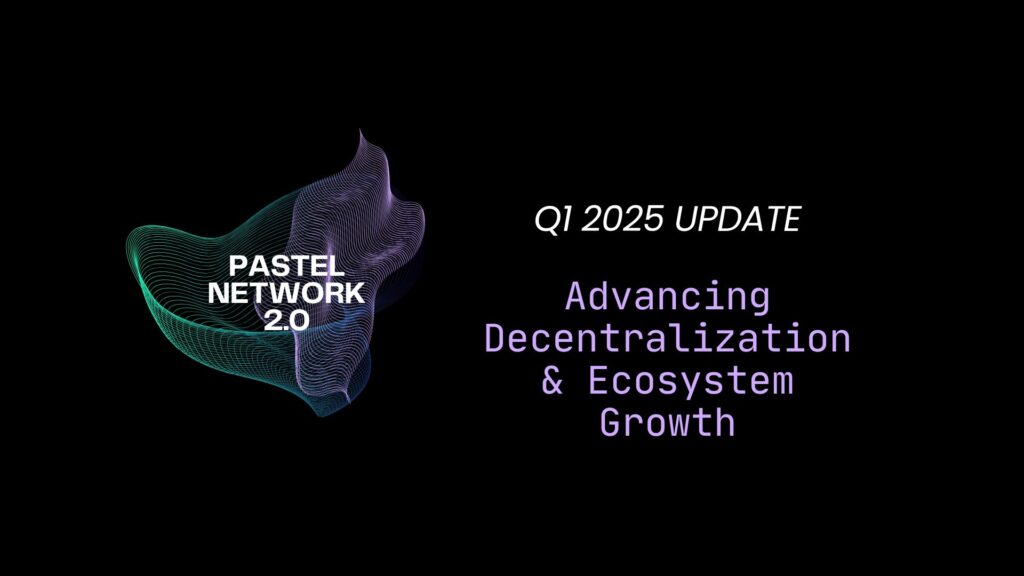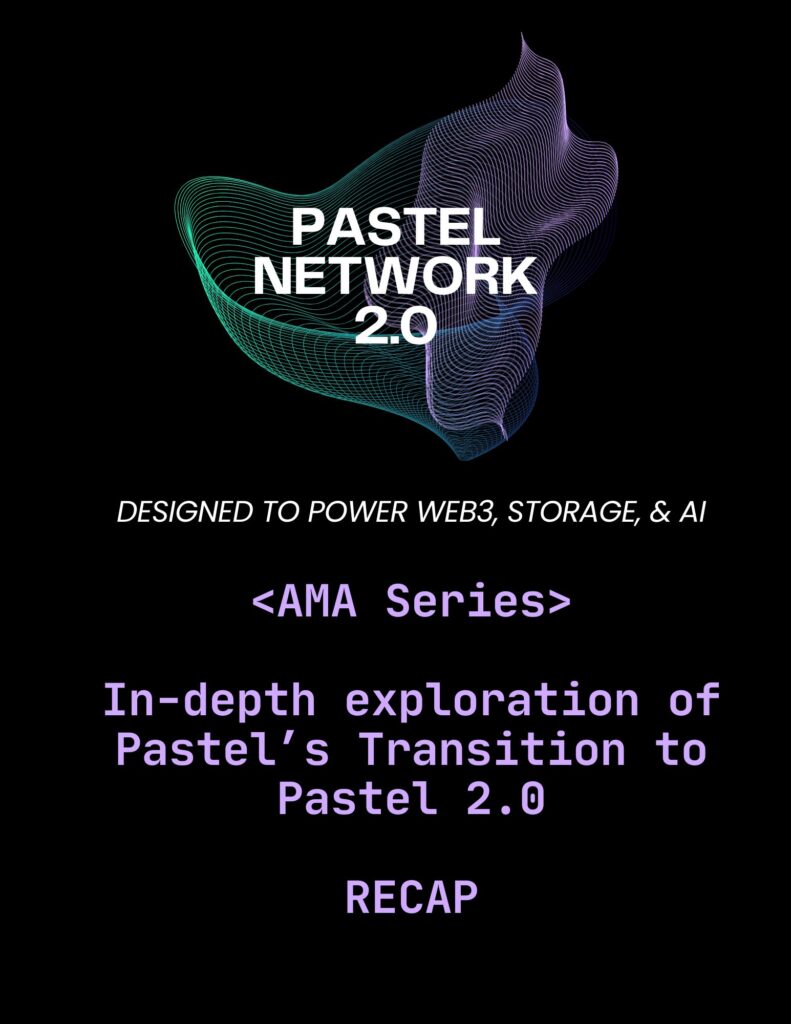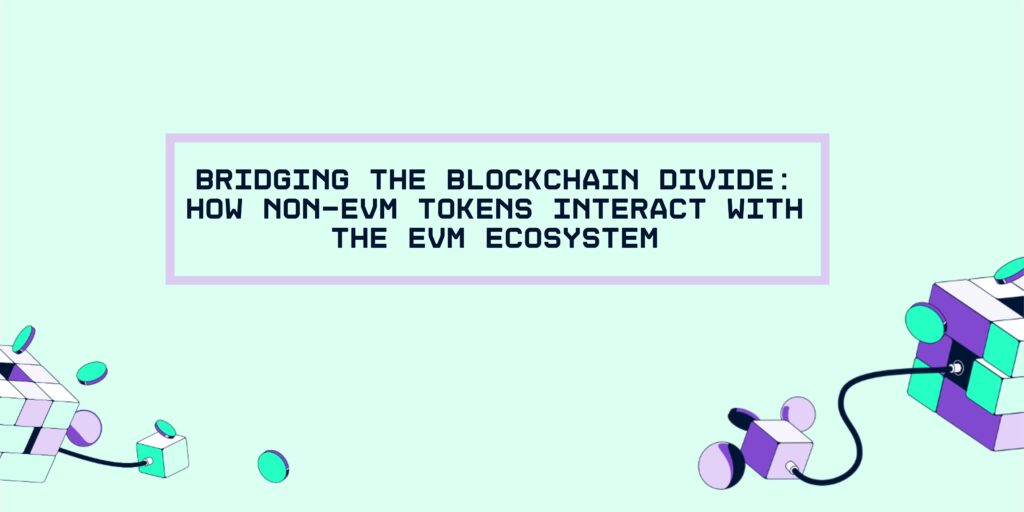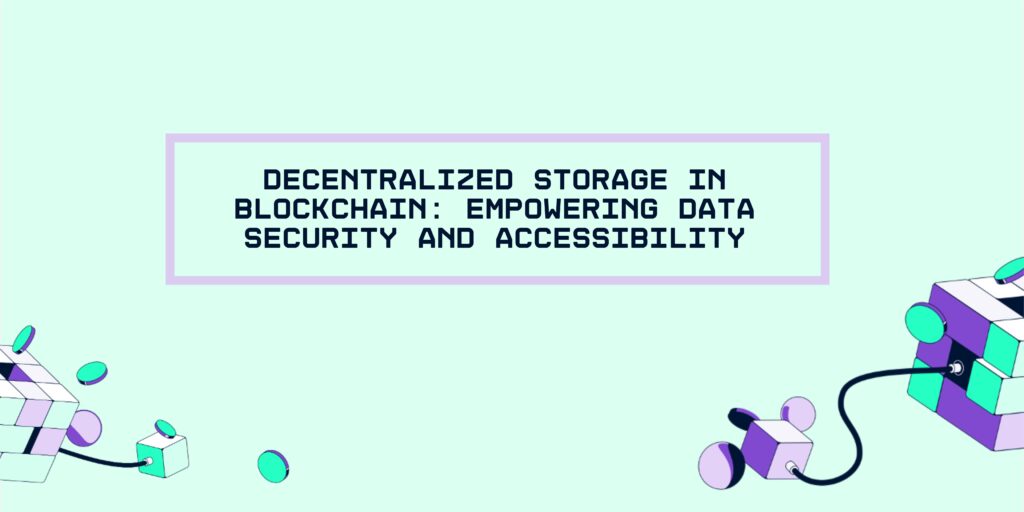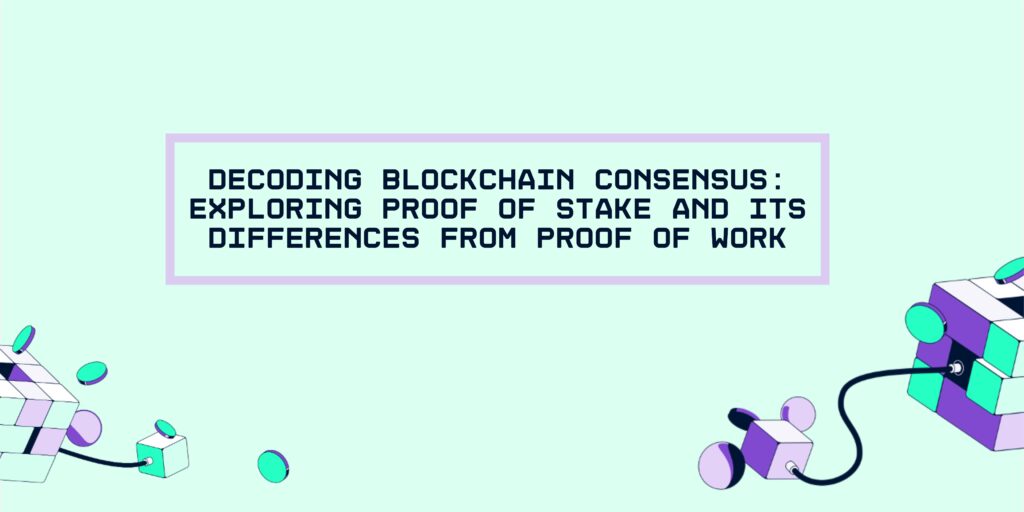Blockchain technology has evolved rapidly since the inception of Bitcoin, giving rise to a plethora of networks, each with unique features and capabilities. While this diversity has spurred innovation, it has also led to fragmentation, where different blockchains operate in isolation. Blockchain interoperability, the ability of different blockchain networks to communicate and interact seamlessly, is emerging as a critical solution to this challenge. This article explores the significance of blockchain interoperability, its benefits, and how projects like Pastel are contributing to a unified future.
The Need for Blockchain Interoperability
Blockchain networks, such as Bitcoin, Ethereum, and newer platforms like Binance Smart Chain, Solana, and Polkadot, have distinct architectures and use cases. However, their isolation limits the potential of blockchain technology in several ways:
- Limited Resource Sharing: Assets and data confined to a single blockchain cannot be easily transferred or utilized across different networks, limiting the utility of decentralized applications (dApps).
- Fragmented Ecosystem: Developers and users often have to choose one blockchain over another, leading to a fragmented ecosystem where innovations and resources are siloed.
- Reduced Efficiency: Redundant development efforts and lack of synergy between blockchains result in inefficiencies and slower progress in the blockchain space.
Benefits of Blockchain Interoperability
Blockchain interoperability addresses these issues by enabling different networks to communicate and interact. Here are some key benefits:
- Enhanced Liquidity and Asset Utilization: Interoperability allows assets to move freely across different blockchains, increasing liquidity and enabling broader use cases for digital assets.
- Unified User Experience: Users can interact with multiple blockchains seamlessly, without needing to understand the complexities of each network. This improves the overall user experience and fosters wider adoption of blockchain technology.
- Synergistic Innovations: Developers can leverage the strengths of multiple blockchains to create more powerful and versatile applications. For instance, combining the smart contract capabilities of Ethereum with the speed and low fees of Binance Smart Chain.
- Resource Efficiency: Interoperability reduces redundant development efforts by allowing blockchains to share resources and infrastructure, leading to more efficient use of technological and financial resources.
Examples of Blockchain Interoperability
Several projects and protocols are actively working to achieve blockchain interoperability. Here are some notable examples:
- Polkadot: Polkadot, developed by the Web3 Foundation, is designed to enable different blockchains to transfer messages and value in a trust-free fashion. Polkadot’s relay chain connects various parachains, facilitating interoperability and shared security among connected blockchains.
- Cosmos: Cosmos aims to create an “Internet of Blockchains” by enabling independent blockchains to communicate with each other through the Inter-Blockchain Communication (IBC) protocol. This allows different blockchains to transfer assets and data seamlessly.
- Chainlink: Chainlink is a decentralized oracle network that enables smart contracts on various blockchains to securely interact with external data sources, APIs, and payment systems. Chainlink’s interoperability features extend the functionality of smart contracts across different networks.
- Pastel Network: Pastel is a blockchain network focused on the digital art and NFT space. It provides interoperability solutions that allow NFTs to be created, transferred, and verified across different blockchain networks. Pastel’s unique architecture and protocols facilitate the seamless movement and verification of digital art assets, ensuring artists and collectors can leverage the benefits of multiple blockchains without being confined to a single network.
How Pastel Enhances Blockchain Interoperability
Pastel Network’s approach to interoperability exemplifies the potential of interconnected blockchain ecosystems:
- NFT Interoperability: Pastel enables the creation and verification of NFTs across multiple blockchains. Artists can mint NFTs on Pastel and seamlessly transfer them to other networks like Ethereum or Binance Smart Chain, broadening their market reach and enhancing liquidity.
- Cross-Chain Data Sharing: Pastel’s infrastructure supports the secure sharing of data across different blockchains, enabling more robust and interconnected dApps. This data sharing capability ensures that NFTs and other digital assets retain their authenticity and provenance, regardless of the blockchain they reside on.
- Developer-Friendly Tools: Pastel provides APIs and developer tools that simplify the integration of cross-chain functionalities into dApps. This empowers developers to build innovative applications that leverage the strengths of multiple blockchain networks.
Challenges and Future Directions
While blockchain interoperability holds immense promise, several challenges remain:
- Standardization: Achieving interoperability requires standardizing protocols and data formats across different blockchains, which is a complex and ongoing process.
- Security: Ensuring the security of cross-chain interactions is paramount. Vulnerabilities in interoperability protocols can lead to exploits and loss of assets.
- Scalability: Interoperability solutions must scale effectively to handle the increasing volume of cross-chain transactions as adoption grows.
Conclusion
Blockchain interoperability is a crucial step towards realizing the full potential of blockchain technology. By enabling seamless communication and interaction between different networks, interoperability fosters a more unified and efficient ecosystem. Projects like Polkadot, Cosmos, Chainlink, and Pastel are at the forefront of this movement, driving innovations that will shape the future of decentralized finance, digital art, and beyond. As these technologies continue to evolve and mature, we can look forward to a more interconnected and vibrant blockchain landscape, where the possibilities are truly limitless.

